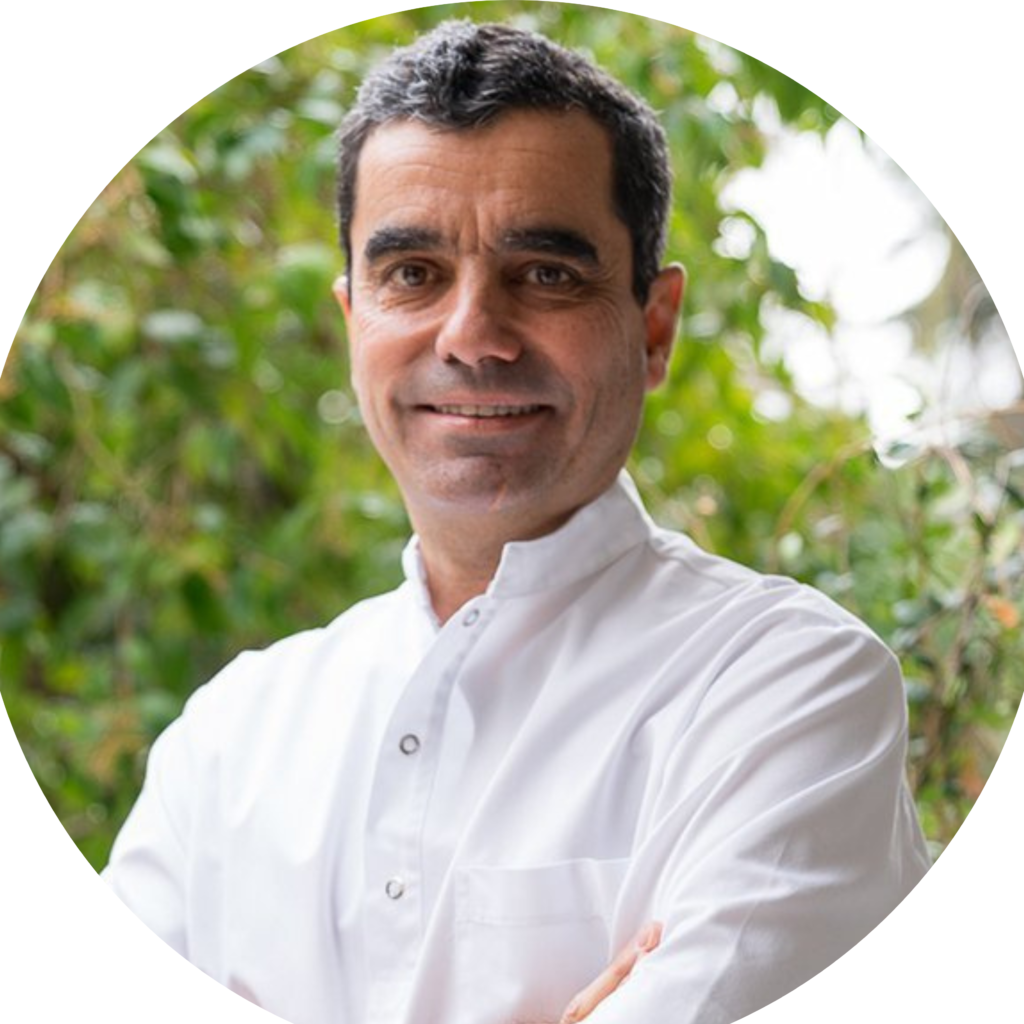
The incredible work being done as part of the BIOMET4D project to create next-generation 4D biodegradable implants for tissue regeneration wouldn’t be possible without our team of amazing researchers.
Get to know our team through our interview series. In this edition, we talk to Dr. Santiago Ochandiano from the Children’s Hospital at the Gregorio Marañón General University Hospital in Madrid.
Question: Firstly, Santiago, thank you for taking the time for this interview. Could you begin by giving us a brief overview of your current position?
Answer: Of course. My position is Chief of the Oral and Maxillofacial section at the Children’s Hospital at the Gregorio Marañón General University Hospital in Madrid, Spain. Within the BIOMET4D project, I am working as a maxillofacial surgeon in the surgical treatment of craniosynostosis.
Question: Thanks very much, Santiago. Developing a new, less-invasive treatment for craniosynostosis in children is one of BIOMET4D’s two main areas of focus along with skin expansion procedures. Could you provide a bit of background as to Gregorio Marañón’s work in this area.
Answer: Yes. The surgical treatment of this craniosynostosis is an area of expertise for the Gregorio Marañón surgical team. In anterior craniosynostosis, this treatment requires an open surgical approach at 9-12 months of age and a fronto-orbital remodelling using resorbable plates and screws. At Gregorio Marañón, we have been investigating in-image guided surgery in craniosynostosis since 2017. Our team is composed of neurosurgeons and bioengineers from Washington University’s Children’s National Hospital and from the Carlos III University in Madrid. This research is supported by two grants from the Spanish Ministry of Science and Innovation.
Question: I understand that as part of your ongoing research into craniosynostosis that you and your team have been among the first to publish and apply a number of innovative treatment approaches?
Answer: Yes, that’s true. We have published several multidisciplinary papers on customized virtual surgical planning and how to translate that planning to the operating room by means of 3D-printed cutting guides and remodelling templates. Once the bone is remodelled, we applied different surgical guiding techniques like augmented reality, intraoperative infrared optical navigation, or 3D-structured light images. We were the first team to apply and publish those three different technologies in the customized surgical treatment of craniosynostosis.
Question: Following up on that previous research, what is your research group’s role moving forward as part of the BIOMET4D project?
Answer: Apart from myself, Gregorio Marañón’s BIOMET4D team also includes Professor Manuel Desco, Lorena Cussó, Mónica Abella and Rafael Correa. My role involves the development of an animal experimental model simulating the craniosynostosis surgical treatment of a child. In summary, this model is based on a five-week-old mini pig with the bone age equivalent of a one-year-old child. Under general anesthesia, we will open the skin a perform a fronto-orbital craniotomy. Once the bone is cut, we will insert a resorbable metallic, self-expanding device designed and built by our BIOMET4D colleagues. He device should achieve a certain morphology and intracranial volume.
Question: Can you expand on how you will follow up on this initial intervention?
Answer: Following the insertion of the implant, skull CT scans and structured light will be used for dimensional change follow ups. At 6 months, the bone will be retrieved and reossification histomorphometric analysis will be performed. The study of bone morphology, density and degree of metallic device resorption are secondary objectives of our study.
Question: Thanks for those details, Santiago. And finally, what do you hope to achieve through the BIOMET4D project?
Answer: Our goal is to develop a new strategy in the surgical treatment of craniosynostosis based on a minimally-invasive surgical approach and cranial vault remodelling relying on a new generation of resorbable metallic self-expanded devices. This will provide improved health outcomes for patients suffering from this condition.
Thank you very much, Santiago!
The BIOMET4D project has received funding from the EIC Pathfinder under grant agreement No 101047008. Views and opinions expressed are however those of the author(s) only and do not necessarily reflect those of the European Union or the European Innovation Council and SMEs Executive Agency (EISMEA). Neither the European Union nor the EISMEA can be held responsible for them.


